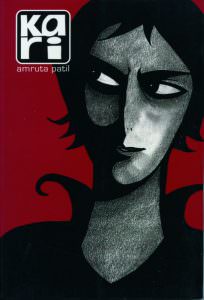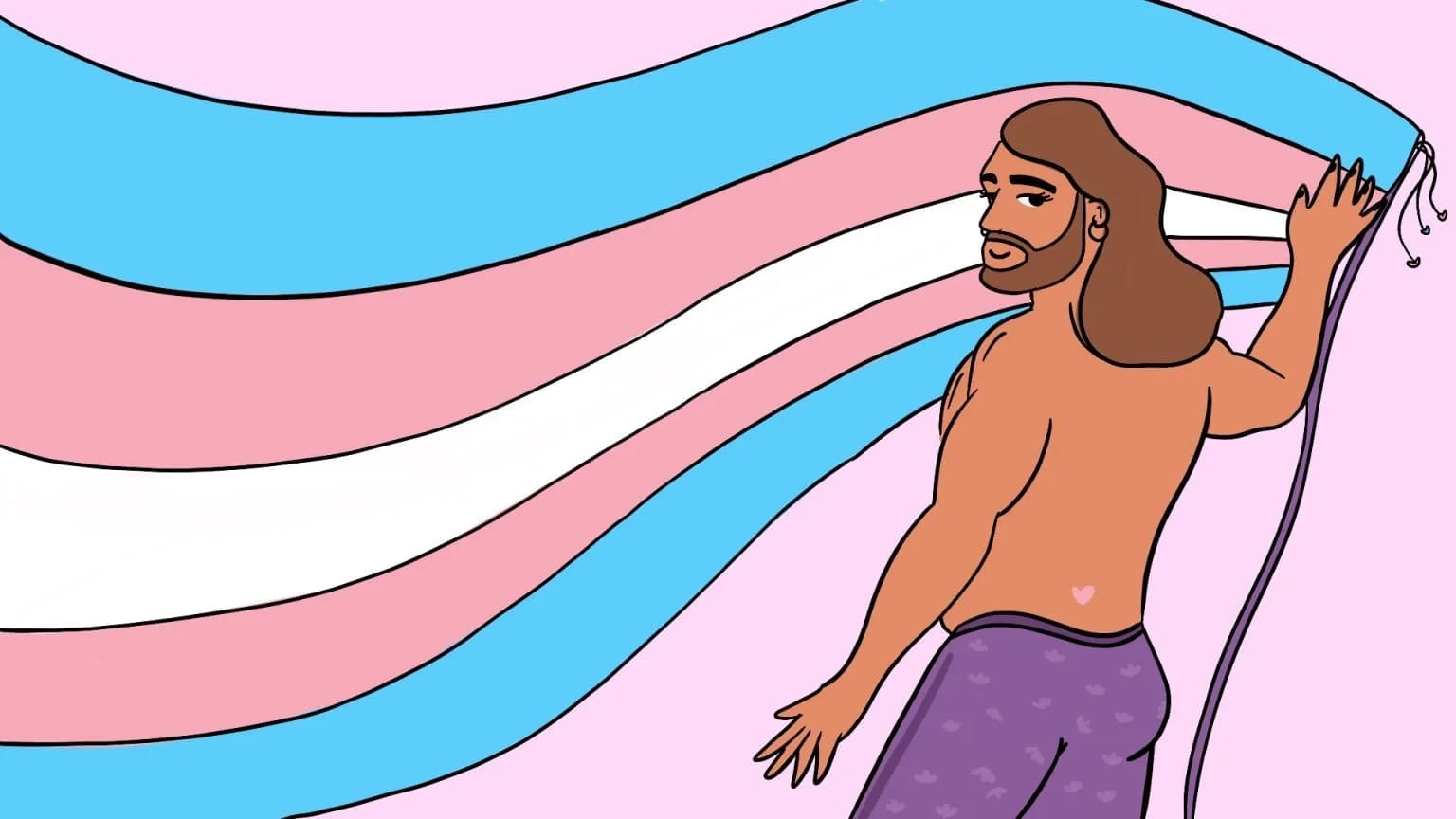Kari is the first ever graphic novel that I got my hands on. I was never particularly attuned to graphic novels because I felt that the main allure of fiction was that it allowed for vivid imagination, which graphic novels limited as imagination was bound to the illustrations. However, Kari’s gorgeous book jacket exuded a sort of mythical energy and I thought should give it a shot.
Kari 2008
Author: Amruta Patil
Publisher: HarperCollins Publishers India
Genre: Graphic Fiction
Notes (from the book jacket):
They were inseparable – until the day they jumped. Ruth, saved by safety nets, leaves the city. Kari, saved by a sewer, crawls back into the fray of the living. She writes ad copy for hair products and ill-fitting lingerie, falls for cats and roadside urchins, and the occasional adventuress in a restaurant. As Danger Chhori, her PVC-suit-clad alter ego, she unclogs sewers and observes the secret lives of people and fruit. And with Angel, Lazarus, and the girls of Crystal Palace forming the chorus to her song, she explores the dark heart of Smog City – loneliness, sewers, sleeper success, death – and the memory of her absentee Other.
Kari features a lesbian woman as its central protagonist. It is a work of art by the exceptionally talented graphic novelist – Amruta Patil. But Kari is not just a lesbian graphic novel, it is much more. It is a view of the kind of society we inhabit. It shows the reader how this society presumes certain things and tries to shape us as human beings. It is a deeply moving narrative centered around the search for self in this increasingly dominating society mired in difference and discrimination.
The story is set amidst a metropolitan city and reads in a contemporary fashion, unlike other popular lesbian depictions as in Deepa Mehta’s Fire or Ismat Chughtai’s Lihaaf. Both of these stories are mostly confined to the private sphere, but Kari has its story unfold in both the private and the public spaces of the city.
The book attempts to portray the lived realities of homosexual women in a highly heterosexual society. While the graphic illustrations in a city alludes to a certain specific geography, Kari could be situated in any place in the world. The evasiveness with which the question of sexual orientation is dealt with, especially in the beginning of the book, is quite like Chughtai’s Lihaaf.
The book begins with the attempted double suicide of a pair of lovers; Kari, our protagonist, and her lover Ruth. Kari and Ruth are separated by a series of events following this scene, and it seems as though the entire novel is centered on Kari’s alienation in some sense after she is parted from Ruth. The graphic novel is the story of Kari after she finds herself alone in the heterosexual culture around her and the internal turmoil of her separation from Ruth set against this highly heterosexual culture-scape of the metropolitan city.
The naturalized and dominant nature of heterosexuality in our lives is evident in several parts of the book but one that evidently stands out for me as a reader is an exchange between Kari and the two men – boyfriends of her roommates. They urge Kari to find a suitable man for herself. One of them insists that “eventually a woman needs a man and a man needs a woman”. The other instance is when a character called Lazarus asks Kari if she is a “proper” lesbian. This question, that seems almost okay to ask, reflects the normalisation of heterosexuality, where non-heterosexual desire and behaviours are completely marginalized and practically erased.
Patil’s Kari is an important revelation of how the city which is supposed to be progressive and modern still continues to harbor a highly heterosexual understanding of society. She uses the metaphor of suffocation in the “smog city”. This metaphor seems emblematic of the unrest Kari experiences and perhaps alludes the suffocating nature of the heteronormativity in this metropolitan city.
Above all, as a reader, this book leaves me two profound things to mull over. Through Kari’s constant search for her identity as a woman, her rebellion against mainstream and enforced concepts of femininity, the struggle to understand oneself in this culture of dominance is beautifully portrayed and stays with the reader. It makes the reader reflect on their position in society and unconscious biases that they might harbor too. The second thing is the friendship portrayed. Friendship is a constant theme in the novel – whether it is Kari reminiscing on her time spent with Ruth or the beautiful friendship that Angel and Kari share, it makes a lasting impact on the reader. Or so it did on me!
In spite of its dark and melancholic tone, Kari is a breath of fresh air, and a new voice in storytelling in India. It is a gorgeous book with beautiful artwork – its colour scheme mystic and yet inviting the reader. More than a novel, it is a poetic commentary on friendship, love, and loneliness of the times we live in. Amruta Patil’s vivid artwork breathes life into the story and makes the reader invested in the lives of the characters.
About the author(s)
Vaishnavi Mahurkar has Masters in Development at Azim Premji University, Bangalore. Her personal interests include literature, poetry, and cinema. She likes to ask difficult questions about the everyday social and is captivated by conversations on the anthropology of politics, resistance movements, art, and society.




